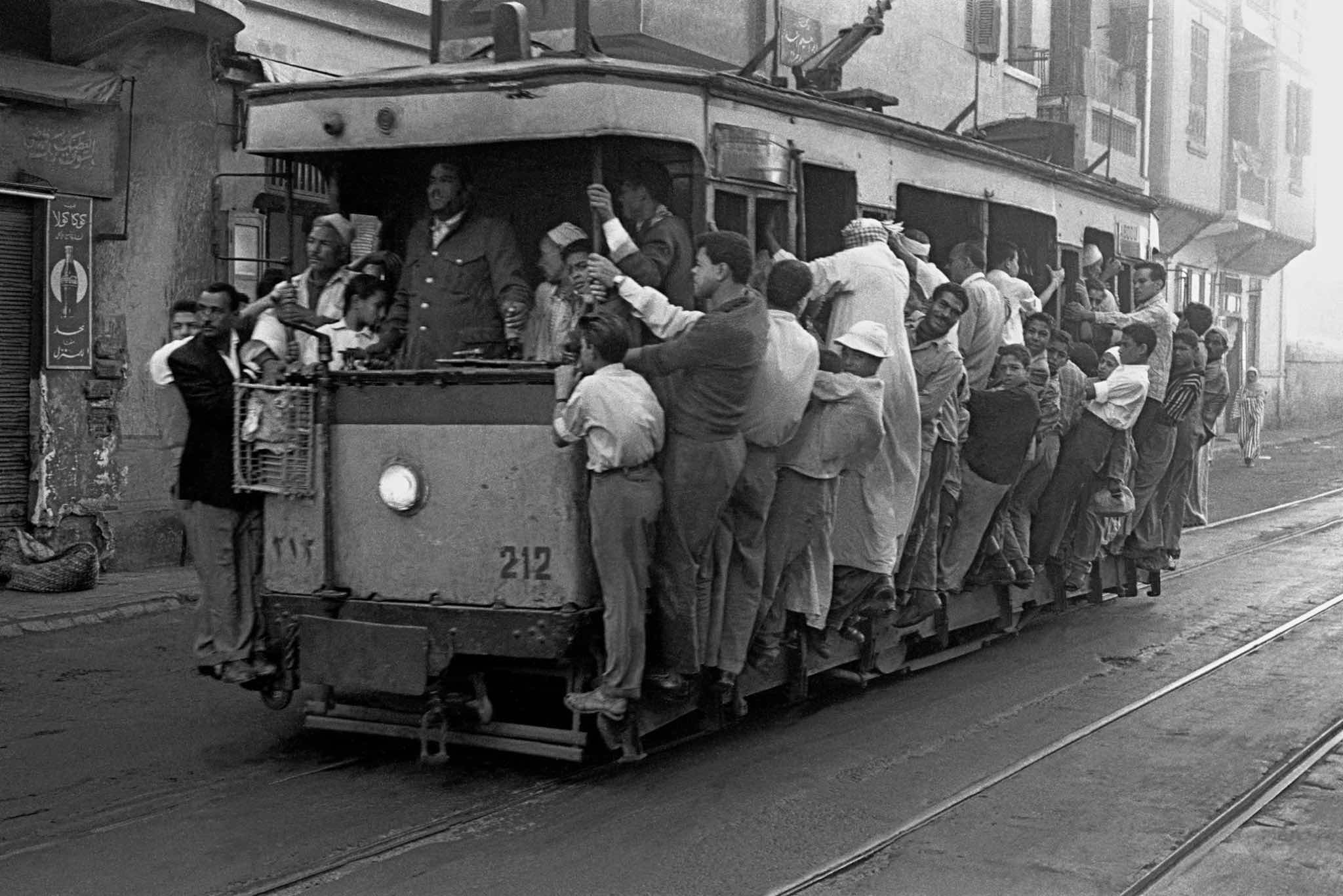HORVATLAND - THE '60s - PHOTOJOURNALISM - WORLD TRIP - CAIROGO TO HOME
1963, from Time machine
Photographing in the streets of Cairo isn’t easy. When it’s only the children posing in front of my camera, I can make them happy by pretending to click. What’s worse is the touchy patriotism of the adults, who prevent me from photographing donkeys, veiled women, beggars, jam-packed trams, bearded men, or even ragamuffins. These patriots surround me (often in a very polite manner) and their spokesman, usually a student or a retired civil servant, addresses me in good English, telling me that I shouldn’t sully the reputation of their country. So what am I to photograph? One morning, believing myself to be within limits, I took some photos of a housing complex – but encountered the same objections (in the event, my censors were not so wrong: the condition of the buildings didn’t make good publicity for the regime.) Another time, I tried to photograph the approach to a school, but was stopped by the Principal who ran up to explain that I needed permission from the Ministry. Needless to say, all this doesn’t discourage me. I try to melt into the crowd by avoiding to shave, letting my shirt trail out of my jeans, swapping the Nikon for my old Leica wrapped in black tape. Anyhow, focusing is too time-consuming on the Nikon: Egyptians are lively people, it only takes a fraction of a second for the children to stand between me and whatever interests me, or for the adults to wave prohibitively. I set the aperture to 16 and the distance to two meters, so as to view and snap before being noticed. Physically, I don’t look very different from them, as long as I don’t betray myself by my gait. So I walk slowly, without stopping to look about, without responding to their glances – or then only with an absent smile, as if my mind were elsewhere. And above all, I avoid looking as I were seeking anything in particular. What amazes me is the speed with which a wave of sympathy can turn to its opposite. In a cul-de-sac I catch sight of a bearded fellow with a baby in his arms: a subject that should not give rise to objections. The man seems happy and merely asks to settle his pose. But an old shrew darts out of a door, snatches up the infant and grabs my Leica. The entire population of the cul-de-sac runs up screaming. I smile as broadly as I can. I know two words of Arabic which mean ‘pretty child’. I give the old man a friendly tap on the shoulder. Good humour returns, smiles spread – but only for seconds. The old shrew starts bawling again and a new wave of hostility is unleashed. Thus, in less than five minutes, four or five waves alternate before I am able to get back to the main road, the Leica in my hand and five piastres in the old woman’s palm.


1962, Cairo, Egypt, tramway

1962, Cairo, Egypt, tramway

